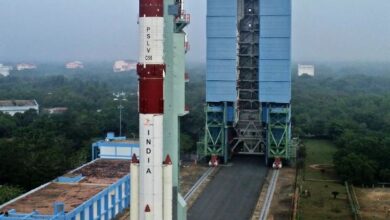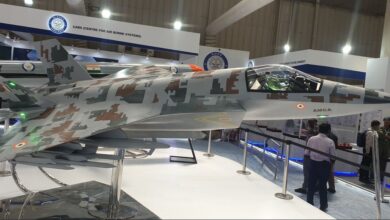Unveiling the Power of the Trident II (D5) UGM-133A Missile
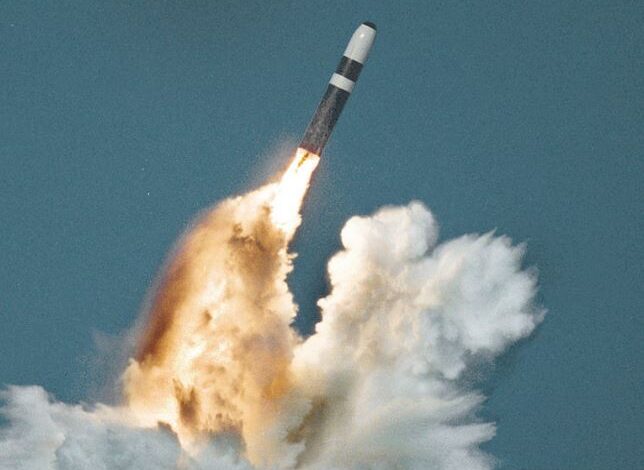
Power of the Trident In the world of strategic defense, few weapons systems command as much respect and attention as the Trident II (D5) UGM-133A missile. This ballistic missile, a key component of naval nuclear deterrent forces, is renowned for its precision, reliability, and power. This blog explores the Trident II (D5) missile, delving into its design, capabilities, and the role it plays in global security.
The Birth of the Trident Program
Cold War Tensions and Strategic Needs
The Trident program was born out of the Cold War’s strategic arms race. During the late 1970s and early 1980s, the United States sought to develop a more advanced SLBM system to ensure a credible and secure second-strike capability as a deterrent against any nuclear attack.
Development of the Trident I (C4)
Before the D5, there was the Trident I (C4), which entered service in the late 1970s. While it represented a significant improvement over its predecessors, the rapidly advancing Soviet missile technology prompted the need for a more advanced system.

Map with UGM-133 operators in blue
Advancement to Trident II (D5)
Design and Enhancement
The Trident II (D5) was conceived to surpass the capabilities of the C4. Its design focused on increased range, payload capacity, and accuracy. The missile incorporated numerous technological advancements, including a new guidance system and improved propulsion.
First Deployment
The Trident II (D5) was first deployed in 1990, aboard the USS Tennessee. Its introduction marked a significant leap in SLBM technology, offering greater flexibility and strategic advantage.
Operational History
Continuous Upgrades
Since its deployment, the Trident II (D5) has undergone continuous upgrades to maintain its reliability and effectiveness. These upgrades include improvements in navigation, targeting, and communication systems, ensuring the missile remains a credible deterrent in the changing global security environment.
Role in Strategic Arms Reduction Treaties
The existence and deployment of Trident II (D5) missiles have been influential in various strategic arms reduction talks and treaties. The missile’s capabilities and numbers often featured in negotiations, reflecting its significance in global nuclear arsenals.
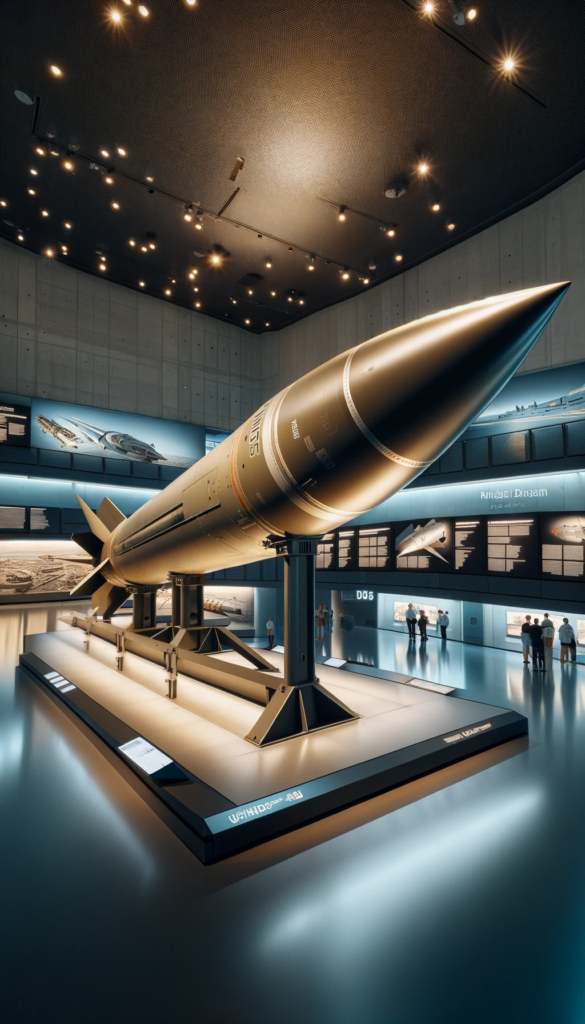
International Expansion
Adoption by the United Kingdom
The Trident II (D5) is not only a key component of the U.S. naval nuclear forces but also of the United Kingdom’s. The UK adopted the D5 missile as part of its own nuclear deterrent strategy, further cementing the missile’s role in NATO’s collective security framework.
The Present and Future
Modernization and Life Extension
As part of ongoing efforts to ensure the missile’s effectiveness, the Trident II (D5) is undergoing a life extension program. This program aims to extend the service life of the missiles well into the 21st century.
Debate and Discussion
The Trident II (D5), like all nuclear weapons systems, continues to be the subject of debate. Issues of cost, ethical considerations, and its role in contemporary security challenges are frequently discussed in policy and academic circles.
The Genesis of the Trident II (D5)
Evolution of Nuclear Deterrence
The Trident II (D5) is the latest iteration in a series of submarine-launched ballistic missiles (SLBMs) that form the backbone of many nations’ nuclear deterrent strategies. Developed during the Cold War, it represents the culmination of decades of advancements in missile technology.
Design and Development
The development of the Trident II (D5) focused on enhancing range, accuracy, and payload capacity compared to its predecessors. These improvements were aimed at ensuring the missile’s effectiveness as a deterrent in a rapidly changing global security landscape.
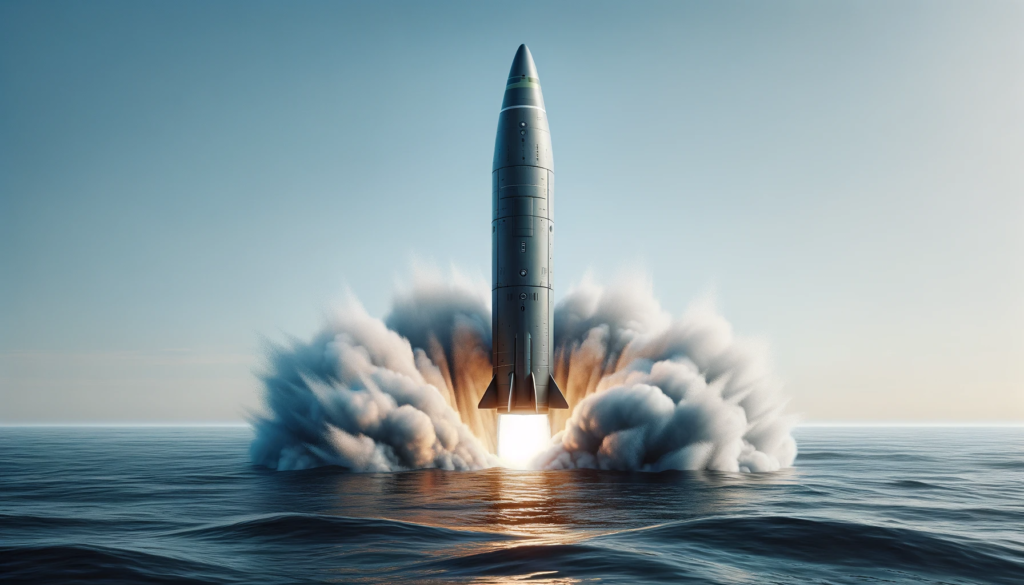
Technical Specifications
Engineering Marvel
The Trident II (D5) is an engineering marvel, boasting state-of-the-art technology. It is a three-stage, solid-fuel missile, capable of carrying multiple independently targetable reentry vehicles (MIRVs), each with its own nuclear warhead.
Range and Accuracy
With a range of over 7,500 miles and an advanced guidance system, the Trident II (D5) can strike targets with remarkable precision. This accuracy is crucial for strategic deterrence, allowing for precise targeting while minimizing collateral damage.
Strategic Importance
A Pillar of Deterrence
The Trident II (D5) plays a pivotal role in maintaining strategic balance. Deployed on nuclear submarines, it provides a survivable and reliable second-strike capability, essential in the doctrine of mutual assured destruction.
Global Reach and Flexibility
The missile’s long range and submarine launch platform grant it a global reach, enabling it to be a flexible and responsive tool in a nation’s strategic arsenal.
Operational Deployment
Submarine Platforms
The Trident II (D5) is deployed on ballistic missile submarines, such as the Ohio-class in the United States. These submarines can carry up to 20 missiles each, ensuring a significant retaliatory capability.
Continuous At-Sea Deterrence
Submarines armed with Trident II (D5) missiles often operate under a policy of continuous at-sea deterrence. This ensures that a portion of the nuclear deterrent force is always at sea and ready to respond if necessary.
Controversies and Challenges
Ethical and Moral Debates
The existence and potential use of nuclear weapons, including the Trident II (D5), have always been subjects of ethical and moral debates. The destructive power of these weapons raises questions about their role in global security.
Modernization and Costs
The ongoing modernization of the Trident II (D5) missile system and its platforms is a costly endeavor. Budget constraints and competing defense priorities often spark debates about its affordability and sustainability.
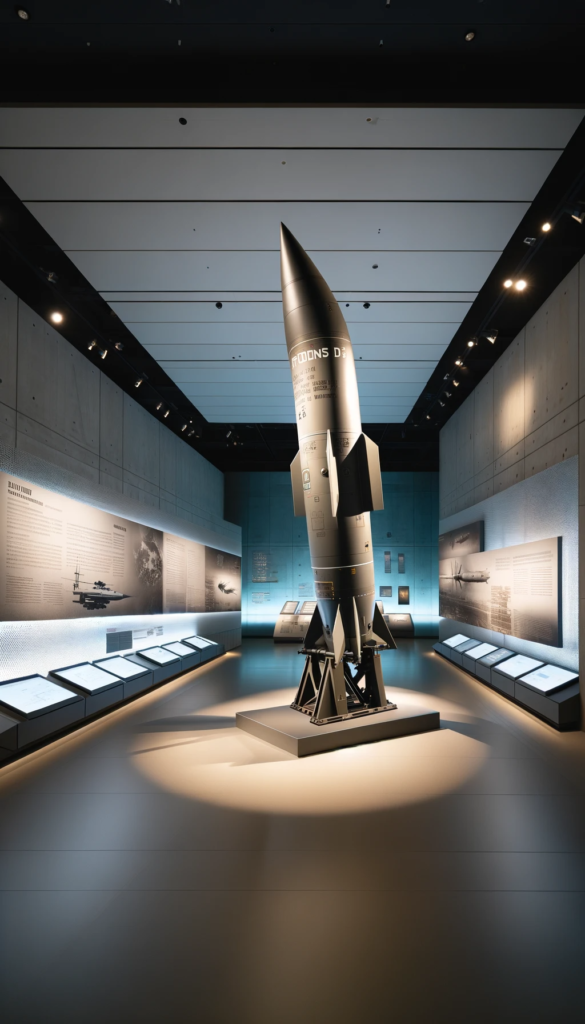
The Trident II (D5) UGM-133A missile remains a cornerstone of strategic nuclear deterrence. Its advanced capabilities and constant evolution reflect the complexities of modern warfare and the continuous need for balance in global security strategies. As the world navigates an era of geopolitical shifts and emerging threats, the role of weapons like the Trident II (D5) in maintaining peace and stability remains as relevant as ever.
CLICK TO STUDY ABOUT MORE SUCH MISSILE – https://thescienceman.com/the-tsar-bomb-unveiling-the-worlds-most-powerful-nuclear-weapon/


